Condé Nast Traveler magazine has just published an article introducing the best cups of coffee in the world and where people can enjoy those delicious cups of coffee, in which Vietnam’s iced milk coffee stands out as being among the 15 best cups of coffee in the world according to the famous travel magazine.
Condé Nast Traveler has advised its readers that from now on, when they have the opportunity to go abroad, do not rush to go to the “luxury” coffee chains with famous brands around the world, but instead look for cups of coffee that are imbued with the local cultural identity.
1. Pour Over – Sweden
In Sweden, not only the quality of coffee is important, but also the way of drinking coffee is very meaningful. The habit of sitting together to enjoy a hot cup of coffee is one of the most popular communication rituals of the Swedish people. People even have a word called “fika” to talk about the time to sit down and drink coffee with friends, relatives, colleagues… In Swedish office culture, people often allow themselves at least one break in the middle of the day, usually at 9am and 3pm, when colleagues will leave their desks to have coffee and cakes together.
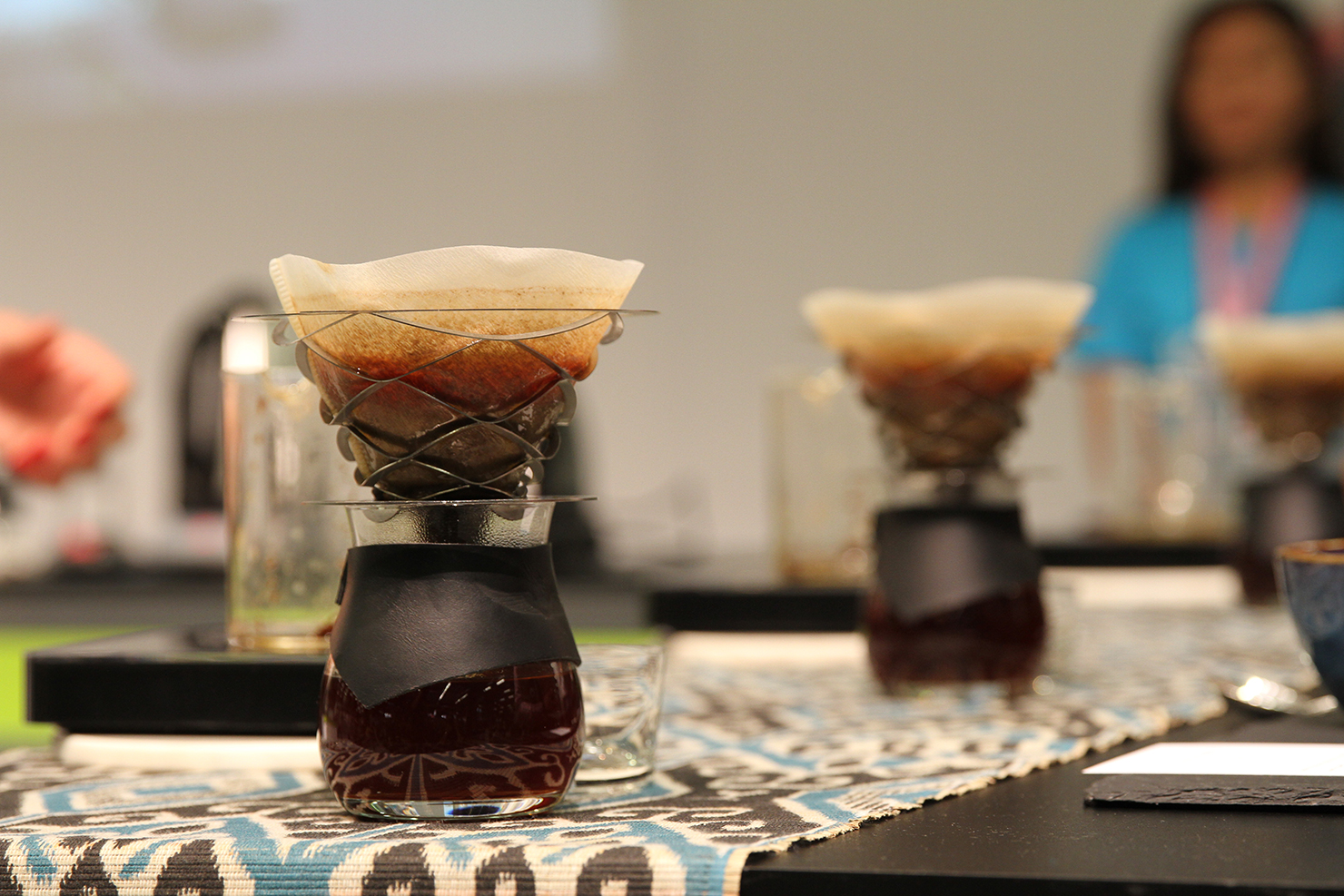
2. Cafe Sua Da – Vietnam
This typical tropical coffee is no longer only available in Vietnam but is becoming more and more popular in countries with hot weather like Vietnam’s summer. Buy a coffee filter in Vietnam so that when you return home, you can still enjoy the authentic taste of iced milk coffee here – Condé Nast Traveler advised. After waiting for the last drop of coffee to fall from the filter, users can add condensed milk and ice cubes to quench their thirst on a hot day.
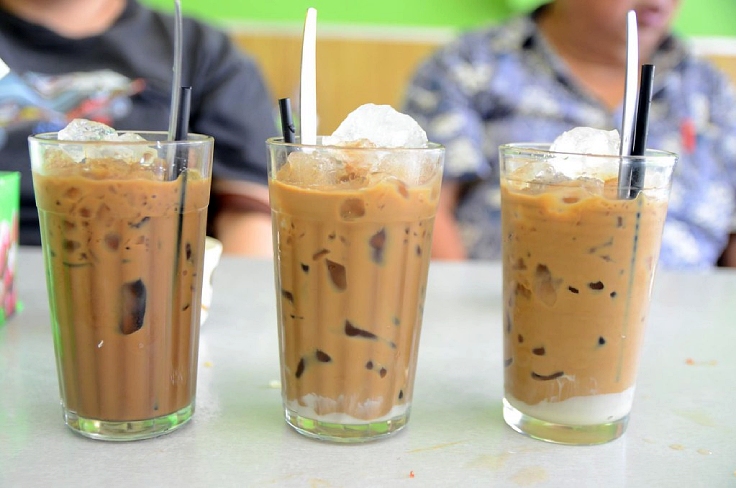
Read more: How to make a Vietnamese iced coffee at home?
3. Mélange – Austria
Mélange is a classic Austrian coffee, especially popular in Vienna – the capital of café culture. “Mélange” means “mixed” in French, and as the name suggests, this drink is a harmonious combination of espresso or medium roast coffee with hot milk and a layer of fine milk foam on top. The taste of Mélange is light, creamy but still strong enough to make an impression, often compared to cappuccino but with a lighter nuance. Viennese love Mélange as part of a relaxed lifestyle, enjoying it with cakes in the classic café atmosphere where conversation and art blend.
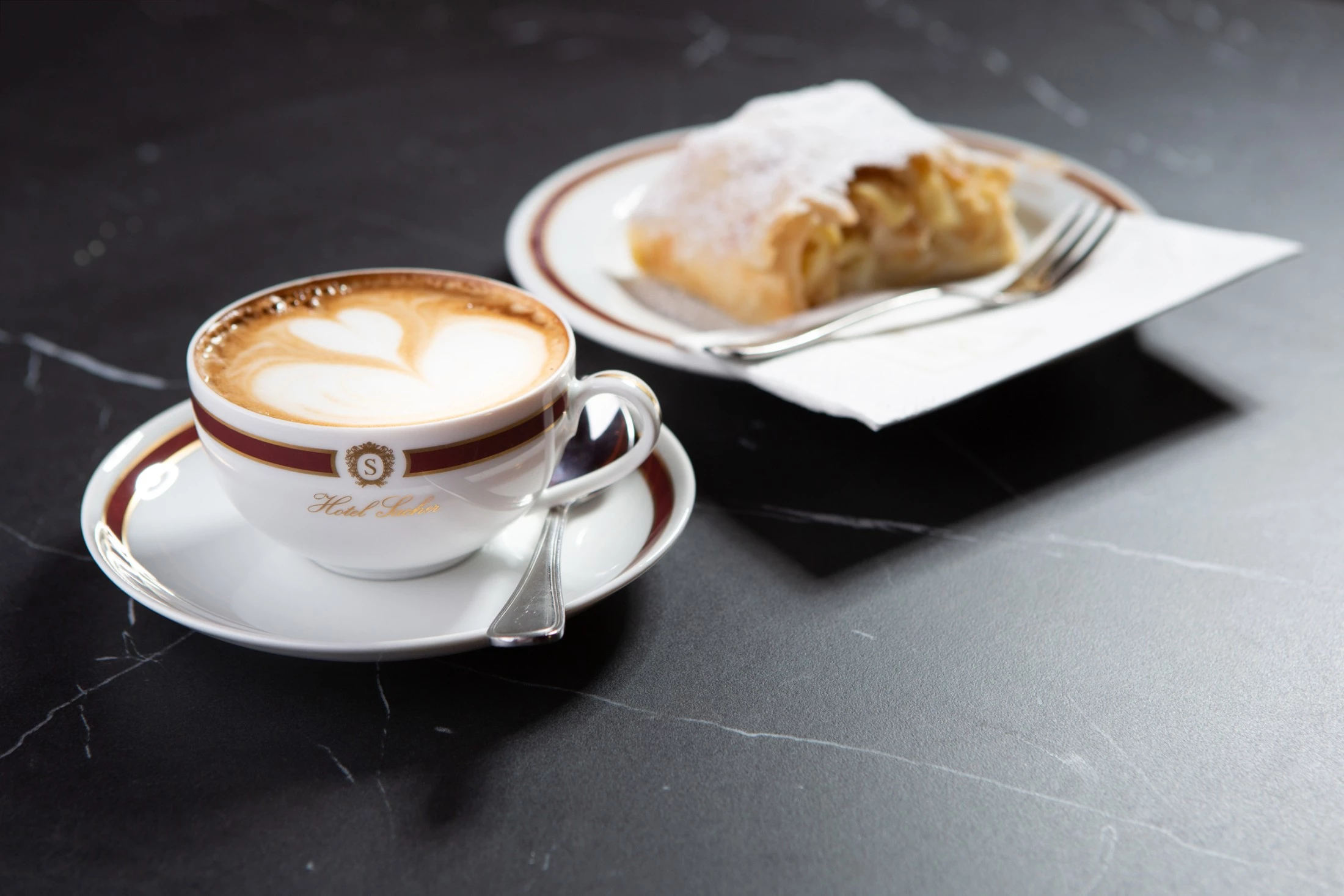
4. Café Bombón – Spain
Café bombón consists of espresso and condensed milk. First, people pour coffee into the cup, then add condensed milk slowly so that the milk “rests” at the bottom of the cup, creating two distinct layers of color that can be clearly observed in the glass (Spaniards like to drink coffee in glass cups), then people stir well to enjoy.
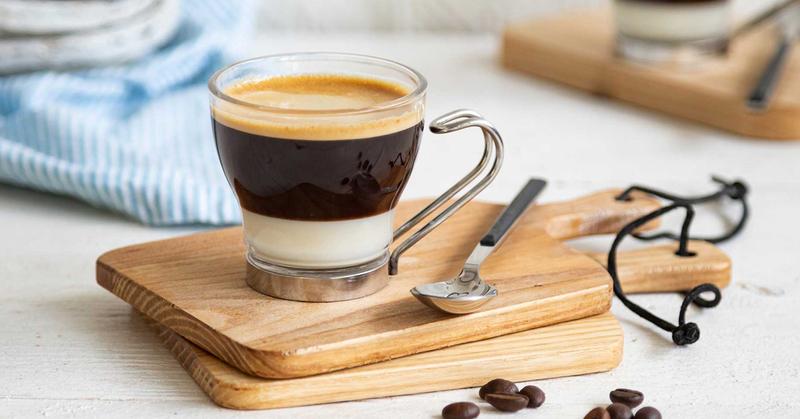
5. Pharisäer – Germany
A Pharisäer combines strong coffee, rum, and whipped cream. The Germans even created a legend for their famous coffee, saying that “once upon a time,” on the island of Nordstrand in northern Germany, there was a pastor who advocated abstaining from alcohol, and he once baptized a baby. To prevent the pastor from noticing that alcohol was being brought to the ceremony, rum was mixed with coffee and a layer of whipped cream was added on top. However, the pastor still found out and scolded those present as “Pharisees” (hypocrites). From then on, people used this word to refer to the famous coffee.
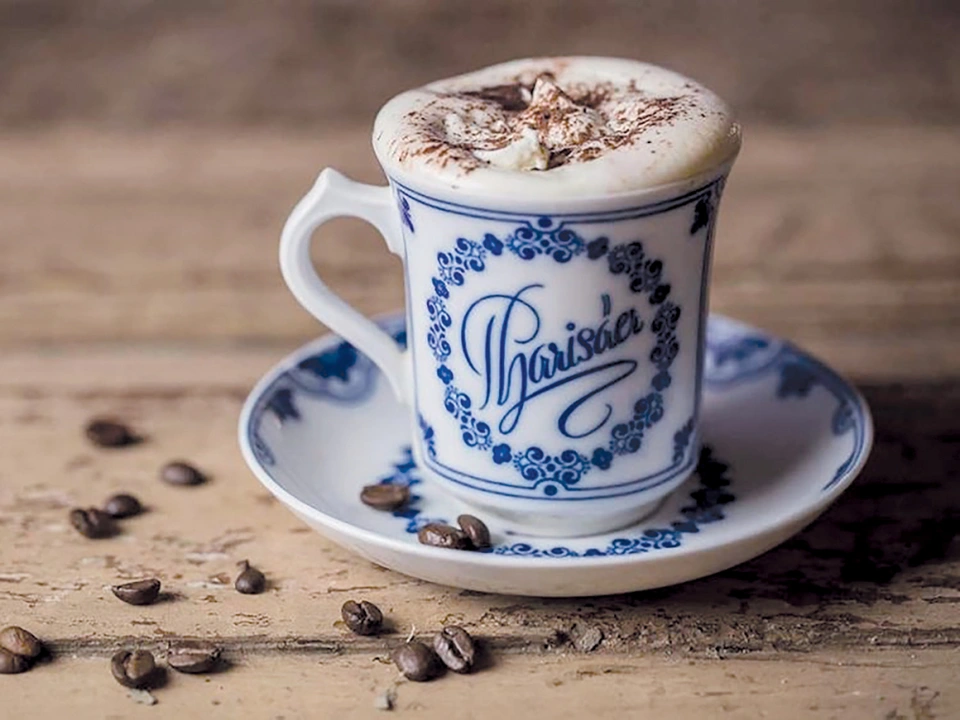
6. Flat white – Australia
The “flat white” coffee was invented by Australians in the 1980s. A cup of “flat white” may not be much different from a cup of latte or cappuccino, but the special subtlety lies in the dosage. The amount of coffee in a “flat white” is greater, so the espresso flavor “dominates” but is still supported by the sweetness of milk.
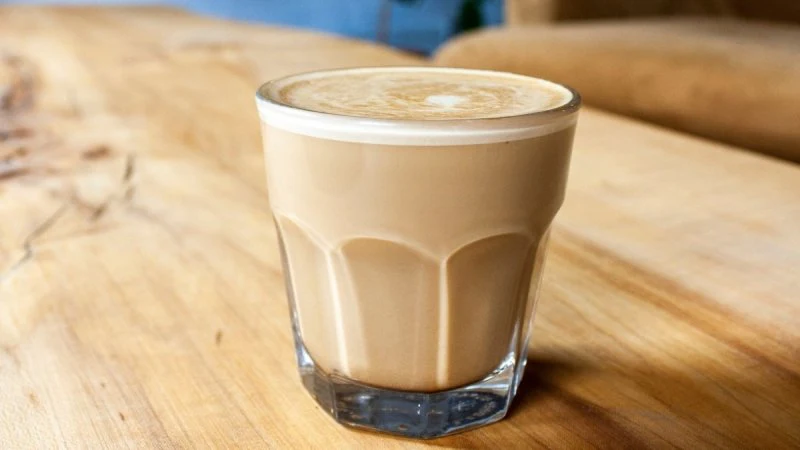
7. Espresso Romano – Italy
In Italy, drink like the Italians, order an espresso and drink it quickly. The goal is to finish the cup before the brown foam covering the surface disappears. This foam plays an important role in enhancing the flavor of the cup of coffee. To order an espresso the Italian way, don’t drink it after 11am.
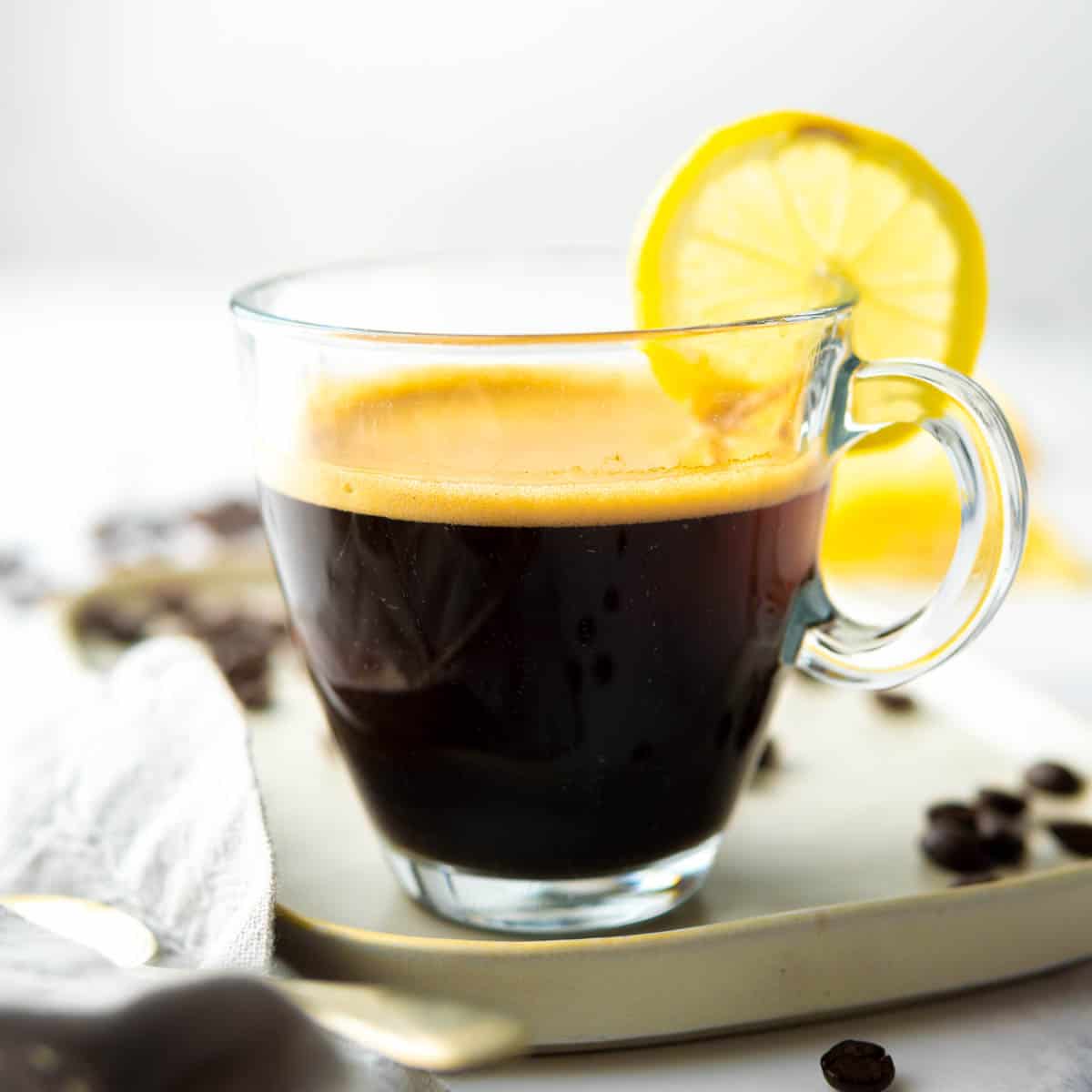
8. Indian Filter Coffee – India
Indian filter coffee is a blend of milk foam and coffee made from finely ground coffee powder extracted from a filter. After being prepared, Indian filter coffee must be served piping hot and is usually served in a large iron bowl so that the drinker can temporarily hold the bowl and bring the cup of coffee to his nose to “sniff” to avoid burning his hand, wait until the coffee cools down, then hold the cup and drink slowly in small sips.
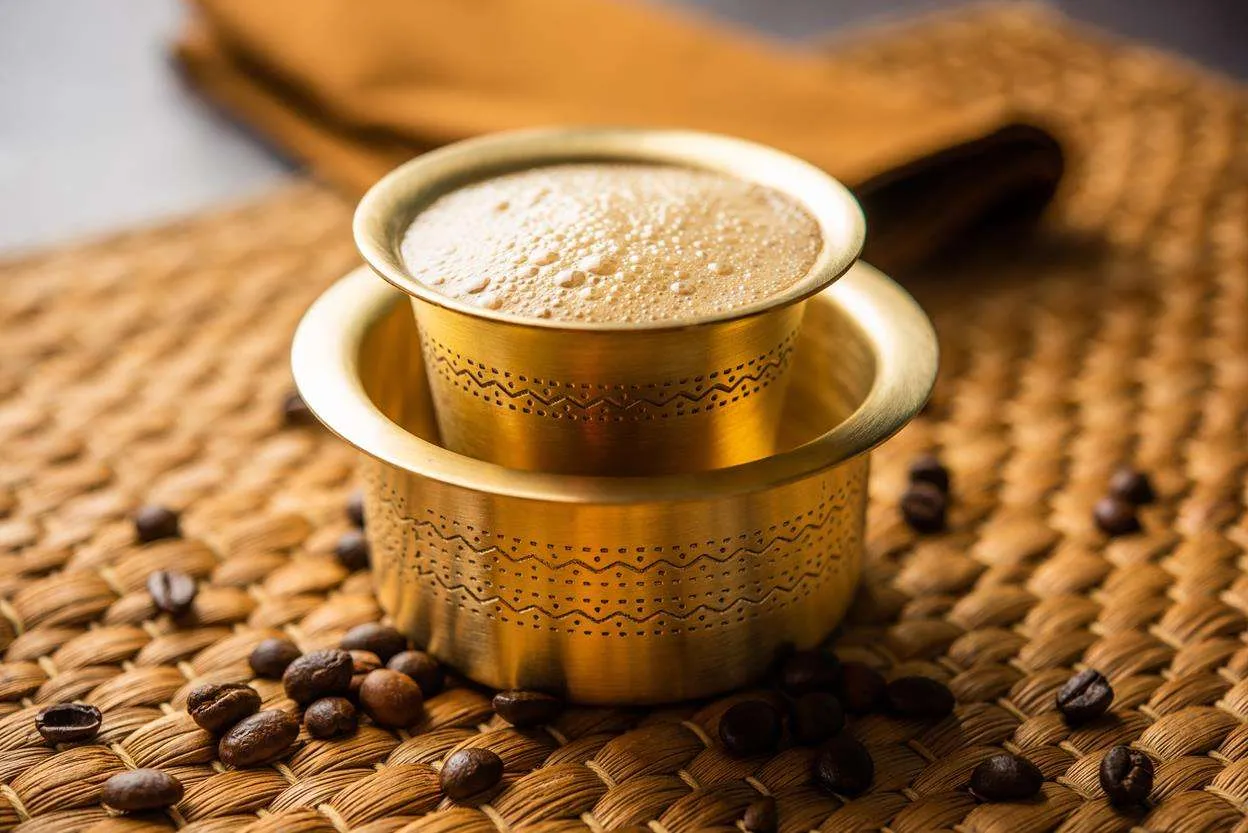
9. Cafe au Lait – France
Café au Lait – France is an elegant traditional coffee, associated with French culinary culture. As the name suggests, this is a combination of strong coffee and hot milk, bringing a smooth, rich flavor but still maintaining its richness. Unlike Italian cappuccino or latte, café au lait often uses filter coffee or filter coffee instead of espresso, creating a lighter shade. The French often enjoy café au lait in the morning, accompanied by croissants or buttered bread, considering it a poetic and sophisticated ritual to start a new day.
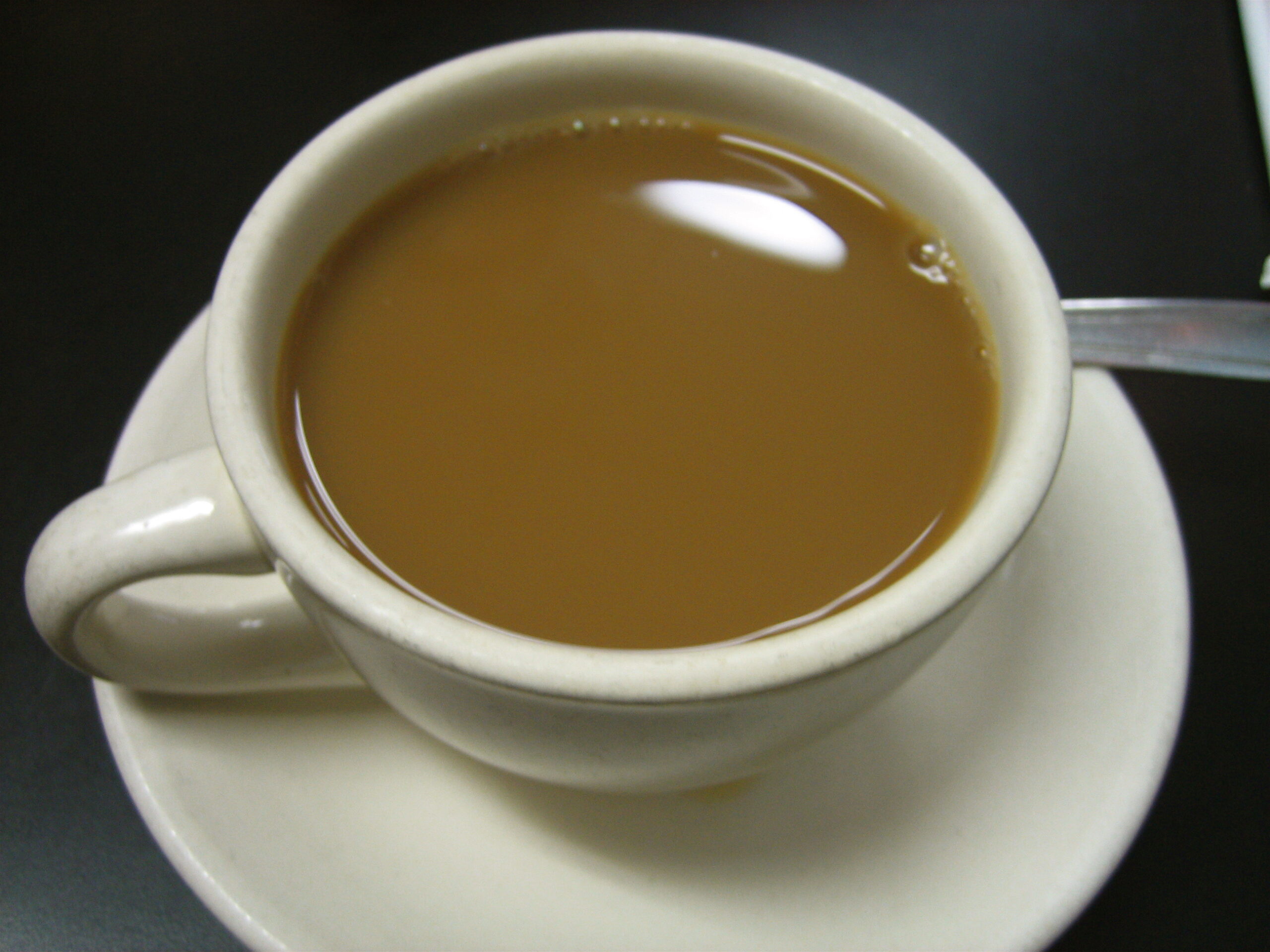
10. Frappé – Greece
Frappé – Greece is a famous cold coffee drink, associated with summer and the relaxing lifestyle of Greek people. Created in 1957 in Thessaloniki, frappé is made from instant coffee, water, sugar and ice, sometimes with milk added for a richer flavor. This drink has a thick, smooth foam layer floating on the surface, creating a feeling that is both refreshing and special. In Greece, frappé is not only a refreshing drink but also a symbol of “kefi” – joy of life and leisure. People often sip frappé in outdoor cafes, chatting and enjoying the Mediterranean sea air.
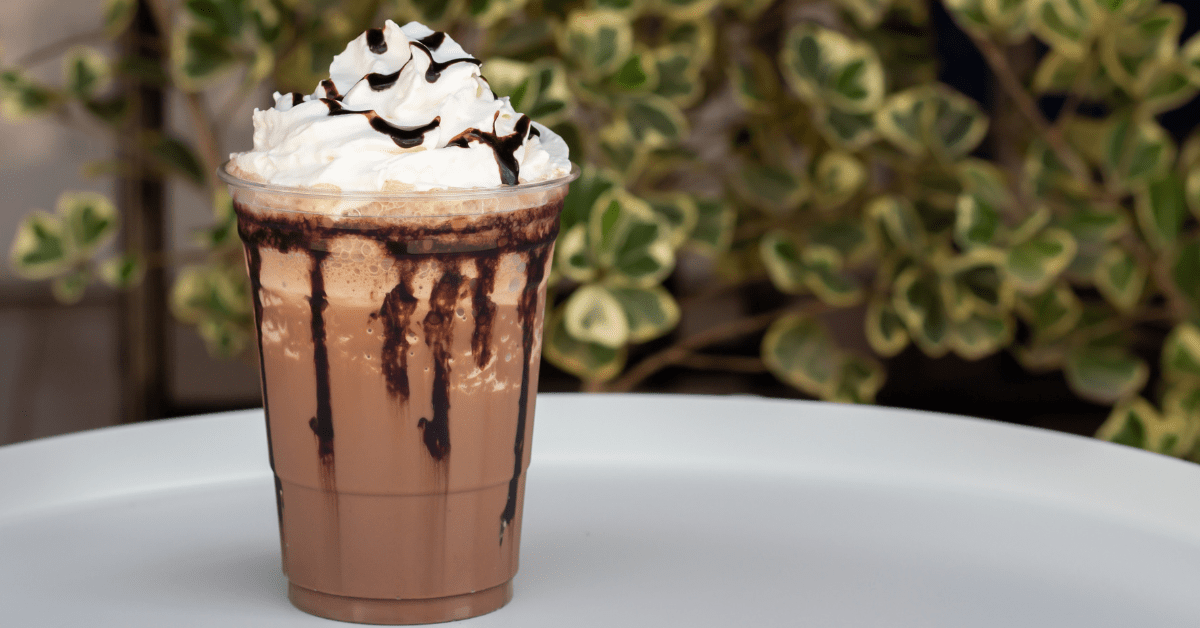
11. Cafè Touba – Senegal
Cafè Touba is a typical coffee of Senegal, closely associated with the spiritual and religious life of the people here. This type of coffee is roasted with Guinea pepper (djar) and sometimes cinnamon, creating a spicy, warm flavor that is completely different from regular coffee. Cafè Touba originates from the city of Touba – the center of the Mouride religion, popularized by Sheikh Amadou Bamba as a drink that is both enjoyable and has spiritual meaning. Today, this is the most popular street coffee in Senegal, sold everywhere in metal pots, becoming a unique cultural symbol of this West African country.
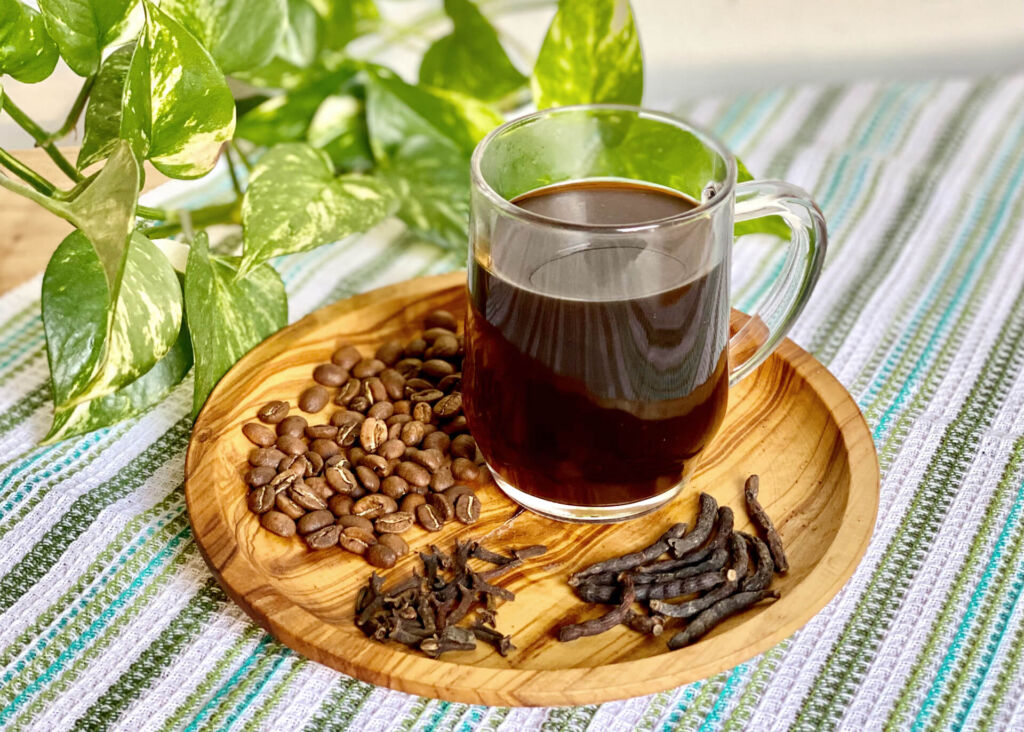
12. Ethiopian Coffee Ceremony – Ethiopia
Coffee drinking for Ethiopians is as elaborate as the Japanese tea ceremony. For Ethiopians, a coffee session is an occasion for socializing, chatting and can be quite lengthy. Cups will be placed on a tray lined with aromatic grass, the coffee beans will be roasted and ground by hand. Then, coffee and hot water will be poured into a traditional black earthenware pot called “jebena”, brought to a boil. Hot coffee will be poured into each cup. Ethiopians usually drink coffee with sugar or salt and a little dessert. When invited to have coffee, guests must sit long enough to drink at least three cups before they can stand up and leave.
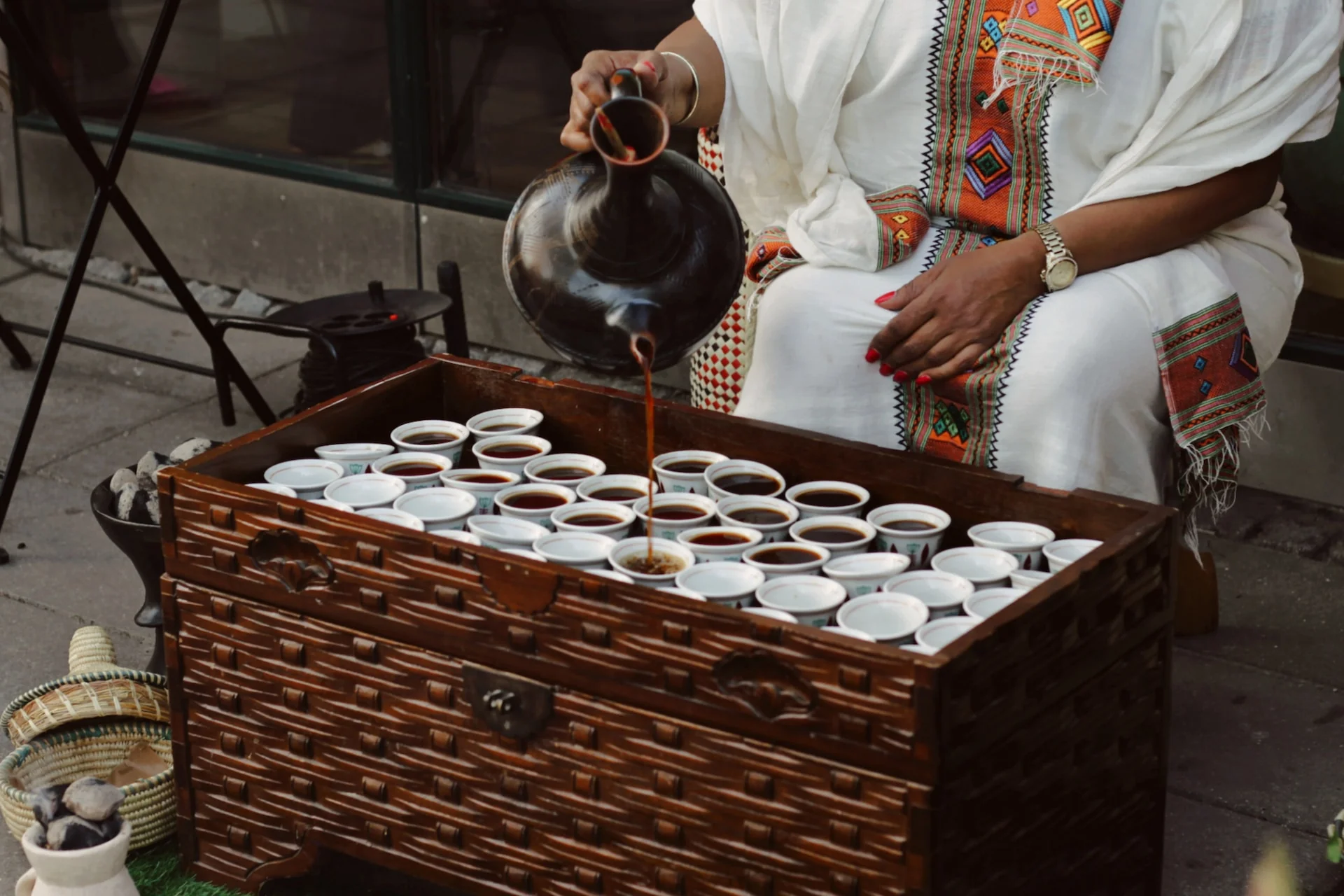
13. Café de Olla – Mexico
Café de Olla is not just a cup of coffee, but also a cultural experience with a strong traditional flavor. This drink is cooked in a clay pot, so that the coffee flavor blends with the rustic aroma of the soil. Mexicans also add cinnamon and piloncillo (raw unrefined cane sugar), creating a deep sweetness, spicy and warm flavor that is very unique. Appearing since the Mexican Revolution, café de olla was a source of energy for soldiers on the battlefield, and to this day is still associated with the image of family gatherings and village festivals. It is a cup of coffee that encapsulates the spirit of warmth, hospitality and identity of Mexico.
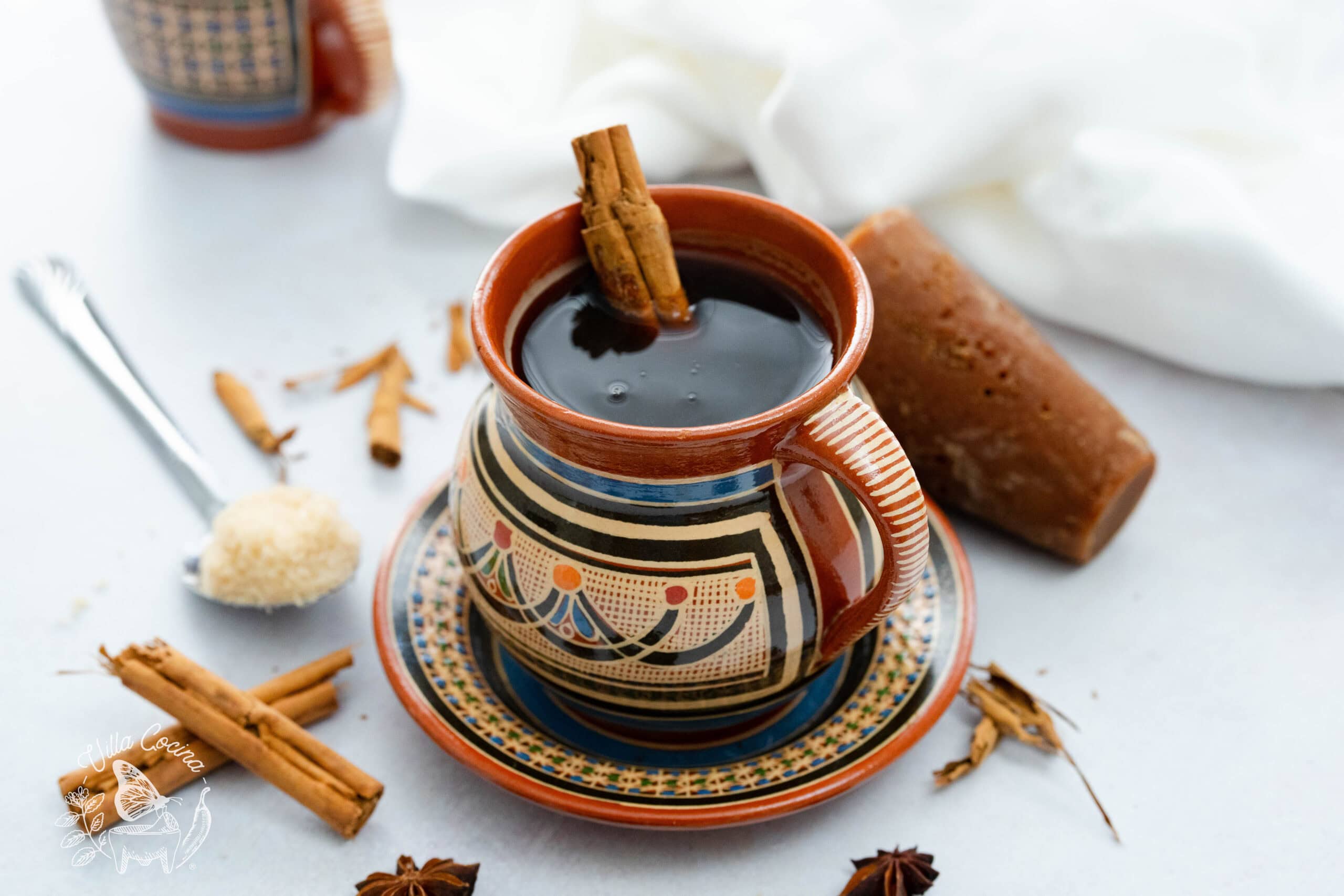
14. Café Cubano – Cuba
In Cuba, Café Cubano is not simply a cup of coffee, but a daily ritual. Cubans often brew espresso very strong, then as soon as the first drip of coffee falls, they whisk it with sugar, creating a smooth layer of foam called espuma. This layer of espuma is the “unique mark” of Cuban coffee: both sweet and smooth, softening the bitter taste of espresso.
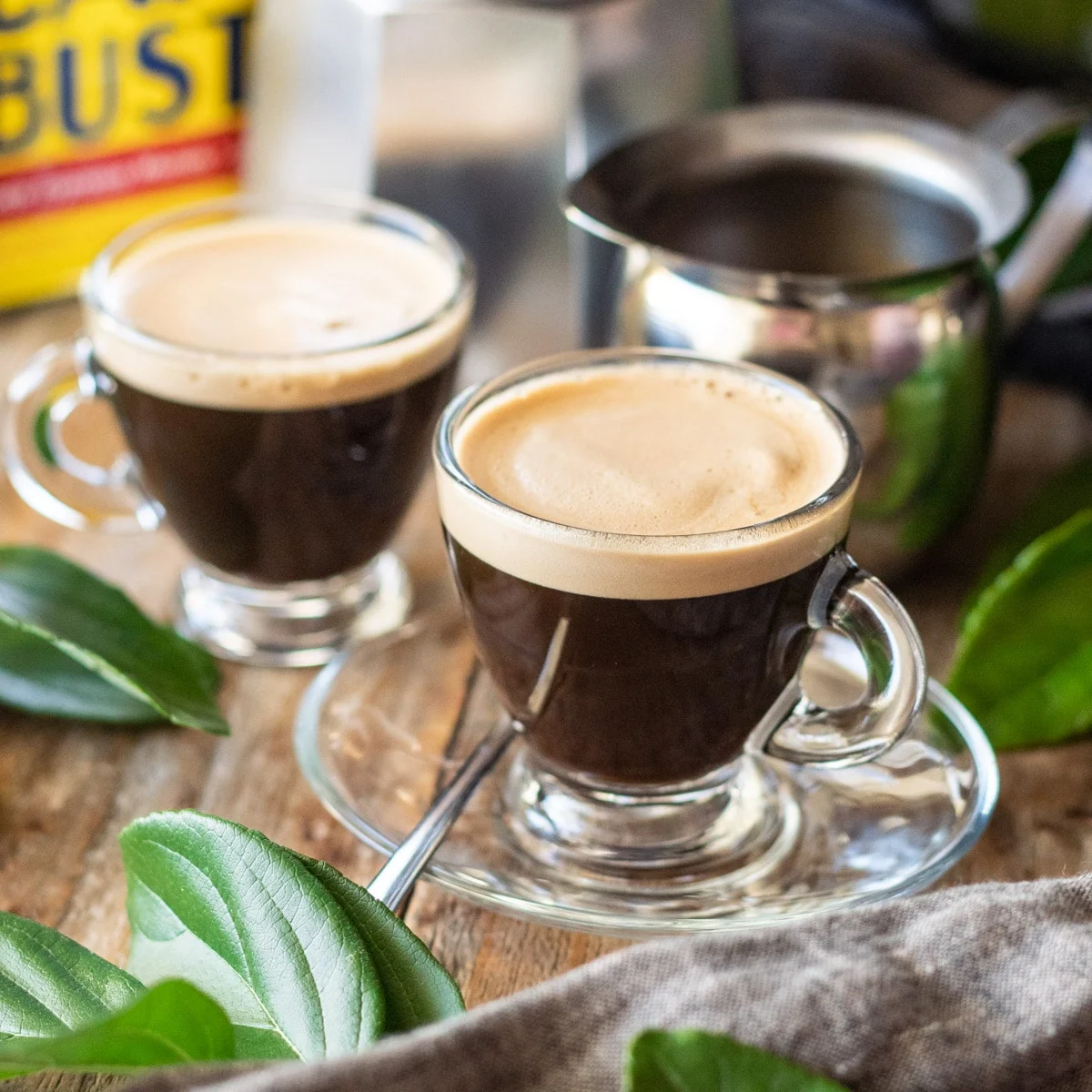
Café Cubano is usually poured into small cups, just a few sips but enough to “awaken” all the senses. In the neighborhoods of Havana, you will easily see people standing around coffee shops, raising their cups together, sipping small sips and chatting animatedly. For them, a cup of Café Cubano is not just a drink, but also an excuse to meet, to connect the community.
An interesting thing is that Cubans consider inviting each other to have a Café Cubano as a sign of friendship. Whether it’s in the morning before work or late afternoon when the sun has set, this little cup of coffee is always present, an indispensable part of the optimistic, passionate rhythm of life of the Caribbean island.
15. Türk Kahvesi – Turkey
In Turkey, drinking coffee is both an art and a social ritual that has been cherished for centuries. It is considered such an important part of daily life that UNESCO recognized it as an Intangible Cultural Heritage of Humanity. For the Turkish people, Türk Kahvesi is not only a drink but also a symbol of hospitality, friendship, and family ties.
The coffee is ground into an extremely fine powder, then placed in a small copper pot with a long handle called a cezve, together with cold water and usually sugar from the very beginning. The mixture is slowly heated until a delicate foam rises to the surface, and then it is carefully poured into small porcelain cups. What makes it unique is that it is served unfiltered. The grounds settle at the bottom of the cup while the drink itself is rich, thick, and intensely flavorful.
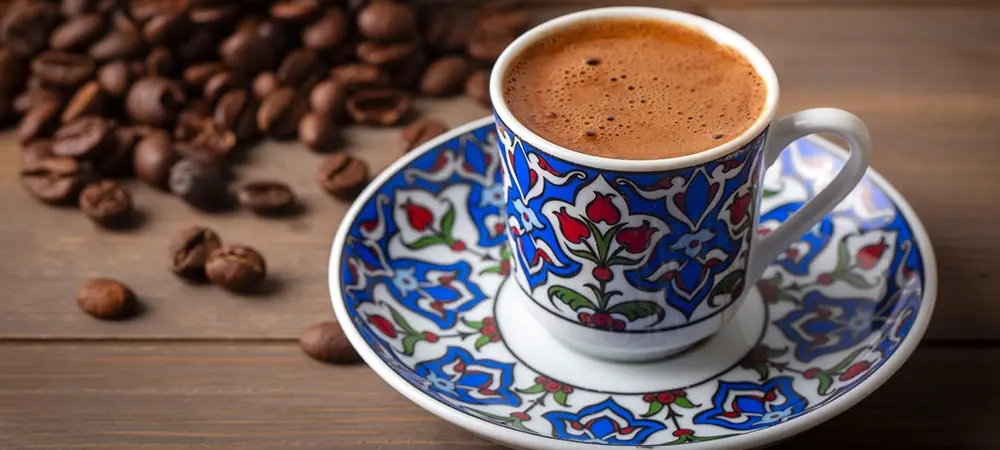
There is also a charming tradition that comes after drinking. People often turn the cup upside down on the saucer so the coffee grounds create shapes and patterns. Many believe these can be read like symbols to tell one’s fortune, a practice that blends mystery with culture.
In everyday life, offering a cup of Turkish coffee is a warm gesture of welcome and conversation. It even plays a role in marriage customs. During an engagement visit, the young woman prepares coffee for her suitor, and sometimes she secretly adds salt instead of sugar. If the man drinks it without complaint, it is seen as proof of his sincerity and devotion.
Read more: 5 best Vietnamese coffee beans
Thus, the article has introduced some of the best and most unique coffees from different countries around the world. Hopefully, this journey helps you discover new flavors and appreciate the cultural stories behind each cup. Wishing you delightful moments and unforgettable experiences with every sip of coffee.
Reference: Content adapted from Condé Nast Traveller – “The best places in the world to drink coffee” (https://www.cntraveller.com/gallery/the-best-places-in-the-world-to-drink-coffee).
